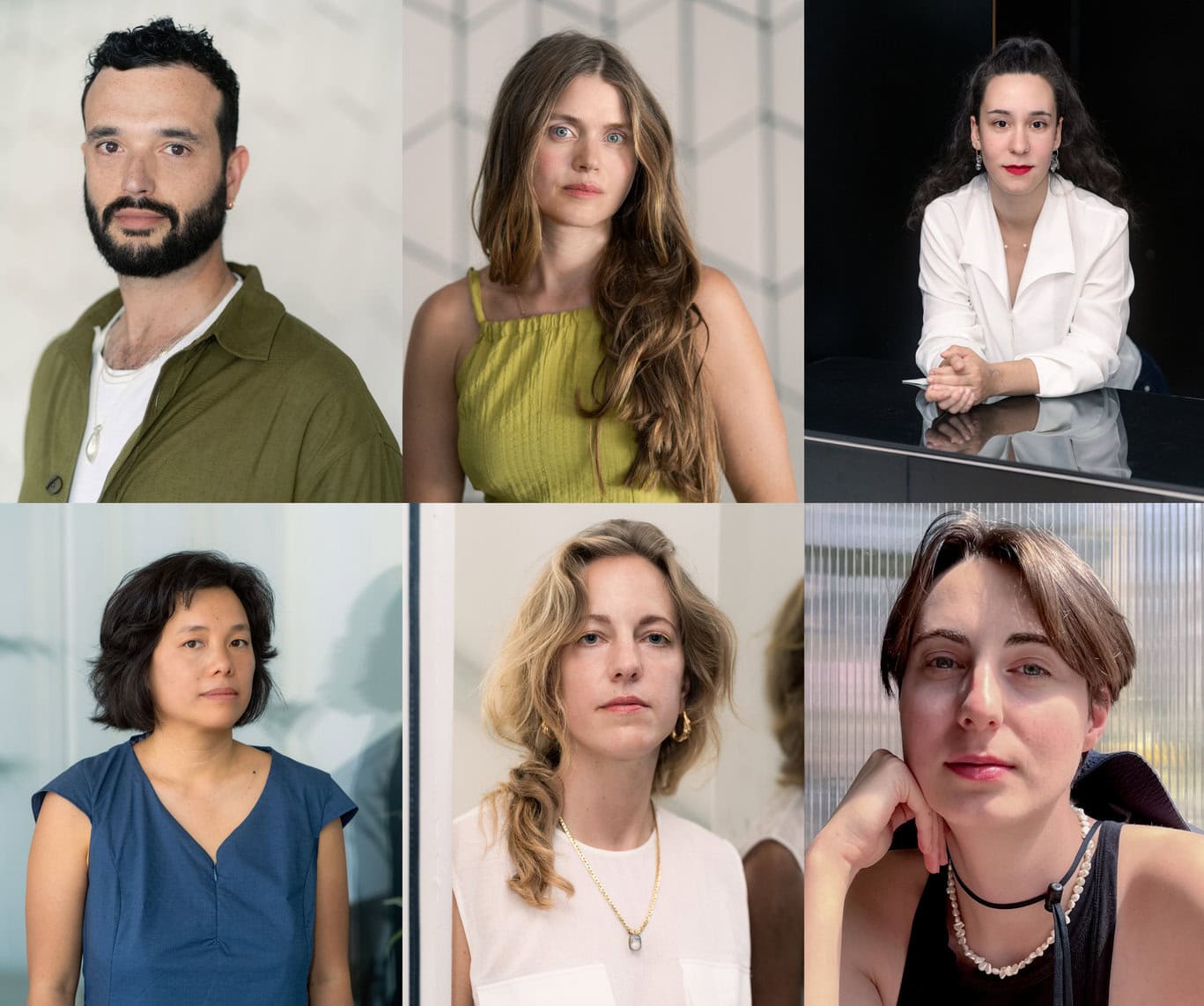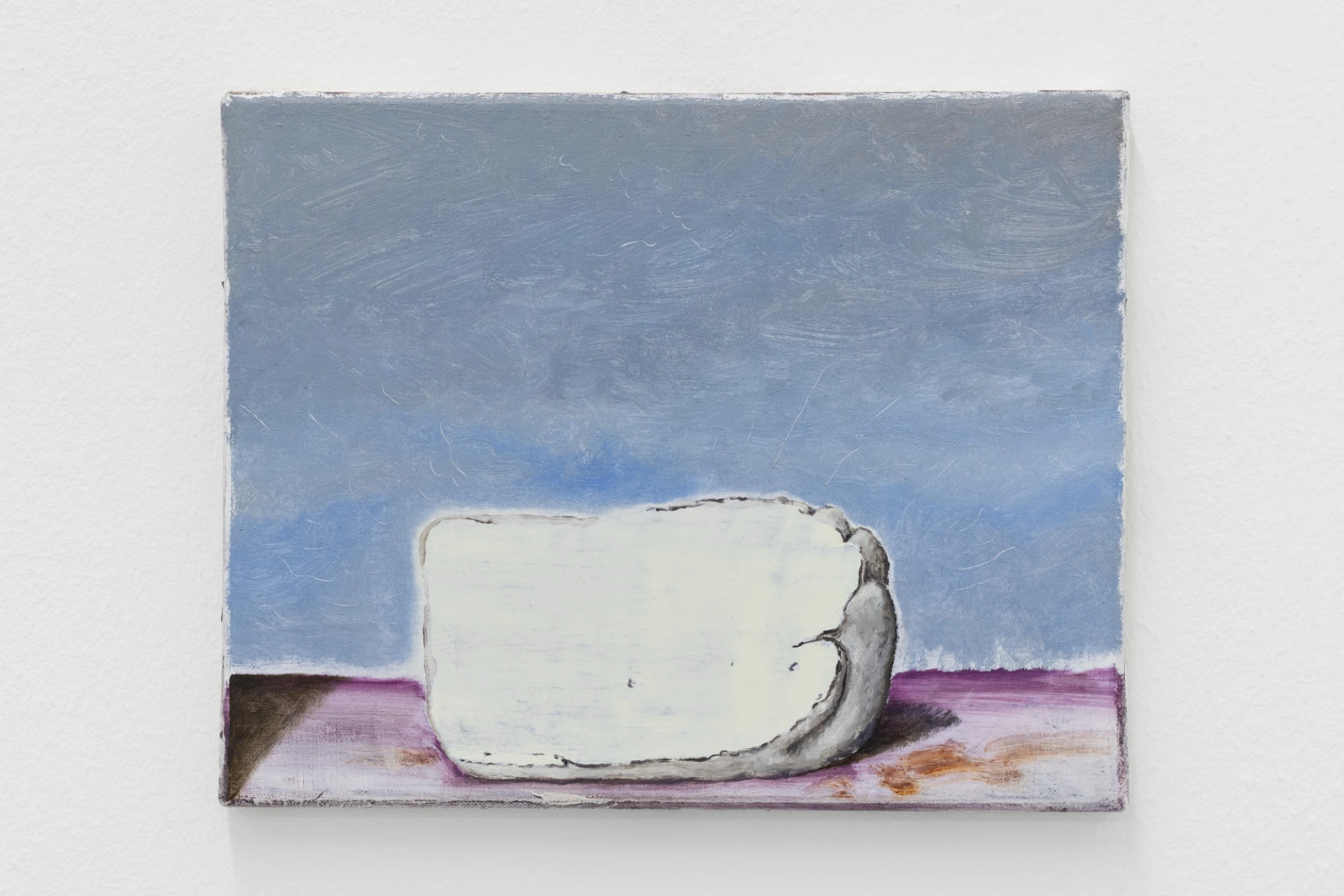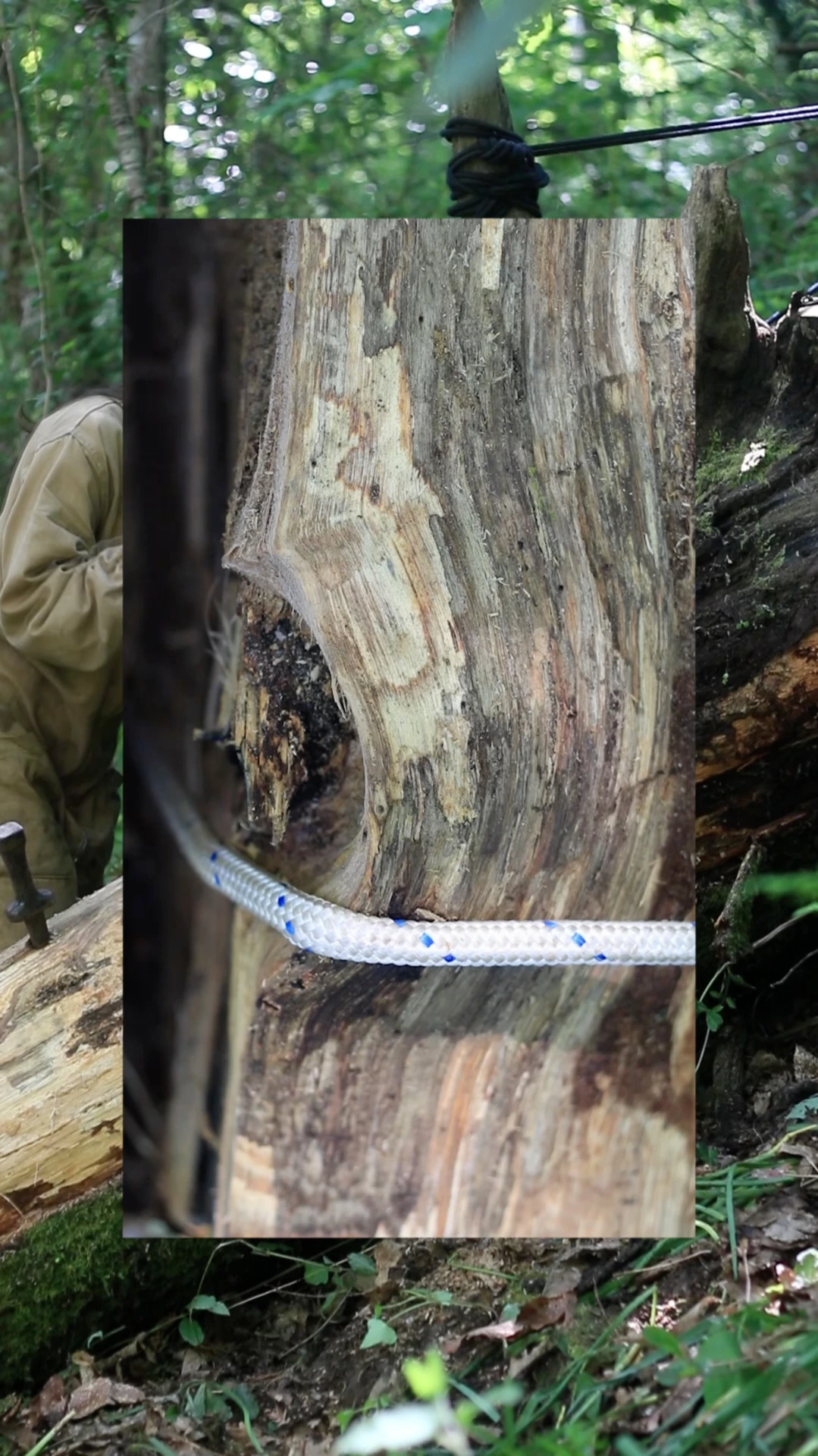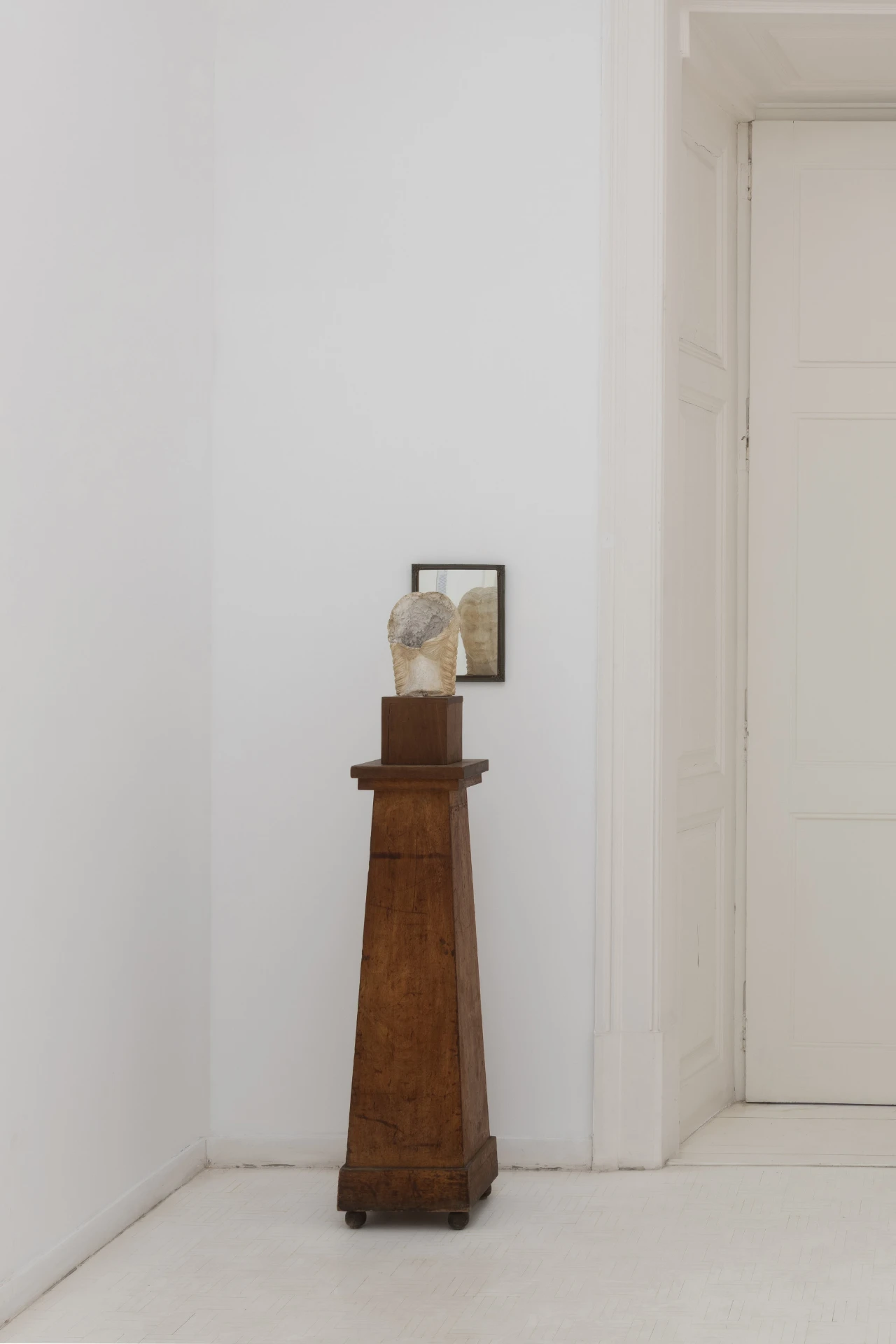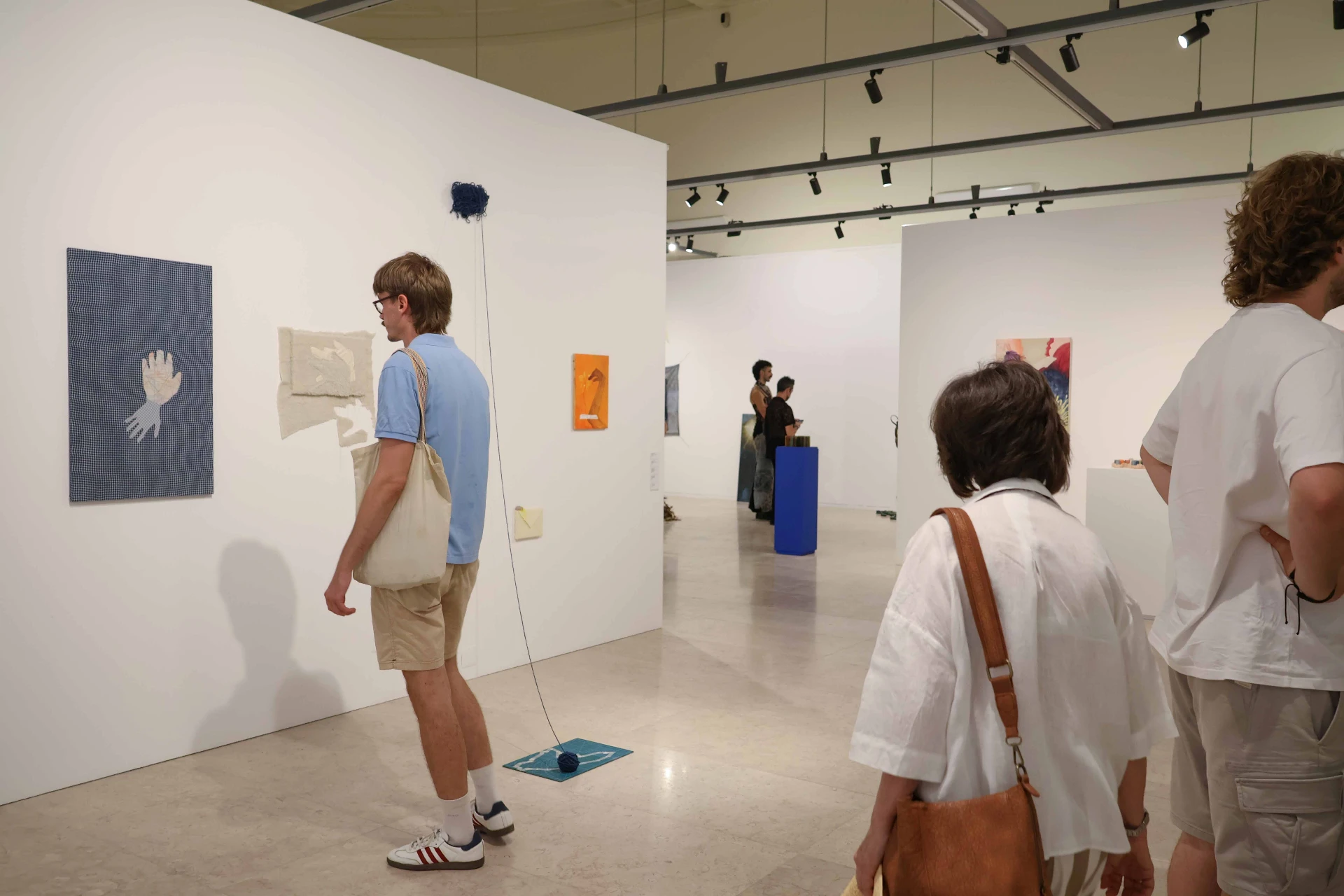Galeria 111 is celebrating its sixtieth birthday in the year of the fiftieth anniversary of the Carnation Revolution, a change that brought renewed hope to the country in 1974.
Current gallery manager Rui Brito mentioned that the first exhibitions were held in 1964, featuring the then young artists Joaquim Bravo, Álvaro Lapa, António Palolo, Santa Bárbara, and António Sena. Back then, Galeria 111’s exhibition programme included young artists who had never been on show before, supported by its founder Manuel de Brito. In the run-up to the Carnation Revolution, Manuel de Brito turned the gallery into a meeting place for intellectuals and artists.
Speaking in an interview, Rui Brito remembers that Galeria 111, now an established venue, “first started out as a bookshop and a ‘rebellious’ spot, where people conspired against the regime, where musicians, visual artists and theatre people congregated”. The gallery, while still a bookshop, was also where regime-banned books were distributed. Maria Arlete Alves da Silva[1] – who, together with Rui Brito, son of the gallery’s founder, is still purchasing works for the Manuel de Brito collection – says that “the state police PIDE was active and vigilant. From its opening in 1960 until April 1974, the bookshop was regularly raided by agents who confiscated books.”
At the heart of this opposition to the regime, the bookshop was slowly turned into a gallery that expressed Manuel de Brito’s ceaseless concern with developing a wealth of works that, even today, make 111 a unique gallery on the Portuguese art landscape. Also worth mentioning is the size of its historical archive and documentation, especially catalogues, books, press articles and other records, all of which help to build a solid record of Portuguese art[2].
There are 60 years of history: Rui Brito remembers his father’s temper, who, as well as the effort and desire to grow a gallery, sought to do so without losing his commitment to supporting and honouring artists. Manuel de Brito never overlooked the human aspect, the spirit of companionship. Galeria 111’s Manuel de Brito collection grew out of its founder’s “complicity” with the artists and the “strong emotional bond” he formed “with almost all of them”[3].
In an interview, Rui Brito stated that the human element is still present in the gallery, and, as part of an independent effort, the promotion of art among younger generations is fostered with regular visits to the venue. According to the gallery manager, it continues to be a welcoming place, a refuge, a haven for in-depth knowledge of art and contemplation. Galeria 111’s current location also meets, according to Brito, the conditions to be a centre suitable for hosting, in technical and exhibition terms, all artistic fields, such as sculpture, video, installation, painting and drawing.
Galeria 111 runs a dynamic and open programme to refresh its collection. It keeps integrating young artists into its exhibition programme, just as Manuel Brito did, and as he established in his first exhibition in 1964.
In an ongoing quest for renewal, Rui Brito launched the non-commercial CAMB (Centro de Arte Manuel de Brito) in Campo Grande in 2003, to exhibit works from the Manuel de Brito collection. CAMB was home this year to an exhibition commemorating the gallery’s sixtieth anniversary. It unveiled more than 200 works and featured “almost all the artists who have displayed their works at the gallery over the years”[4].
Rui Brito points out that this large-scale exhibition allows us to trace the transformation, over the decades, of the artists’ use and application of materials and techniques. We can also see significant works from the political scenario of the time in which they were made. Among the other highly important works in the exhibition is the striking colour burst of an untitled piece by António Palolo, in gouache on paper, done when the artist was fighting in the Portuguese Colonial War in 1968.
Before that, at CAMB, there was also a major exhibition of the work by Mário-Henrique Leiria, a poet, painter, art critic, literary critic, translator, graphic designer and publisher[5]. This was followed by the Ruy Leitão exhibition, which was “considered by the weekly newspaper Expresso to be one of the top ten of 2023”[6].
The sixtieth anniversary exhibition also unveiled the foreign artists in Manuel de Brito’s collection, including Arman, Arpad Szenes, Vasarely, Antonio Segui and Jurgen Claus, among many others. Rui Brito says that the first foreign artist to be exhibited at Galeria 111 was Sonia Delaunay.
Currently on show at the gallery, and until 7 September, is the group exhibition Nunca se está sozinho, made up of five Brazilian artists living in Portugal who explore the history and myth of Saint George through painting.
[1] Maria Arlete Alves da Silva, on the text made for the exhibitions commemorating Galeria 111’s sixtieth anniversary.
[2] Ibidem.
[3] Ibidem.
[4] Ibidem.
[5] https://www.agendalx.pt/events/event/centenario-do-nascimento-de-mario-henrique-leiria-1923-2023/.
[6] Ibidem.
